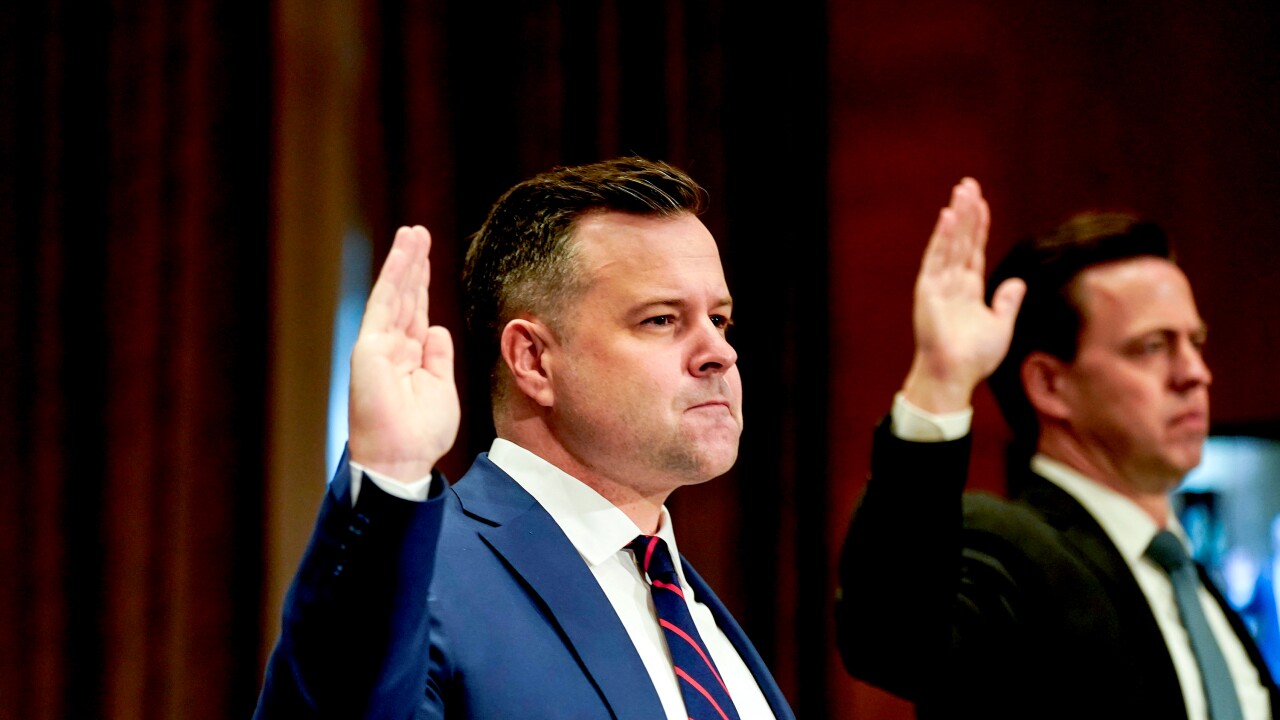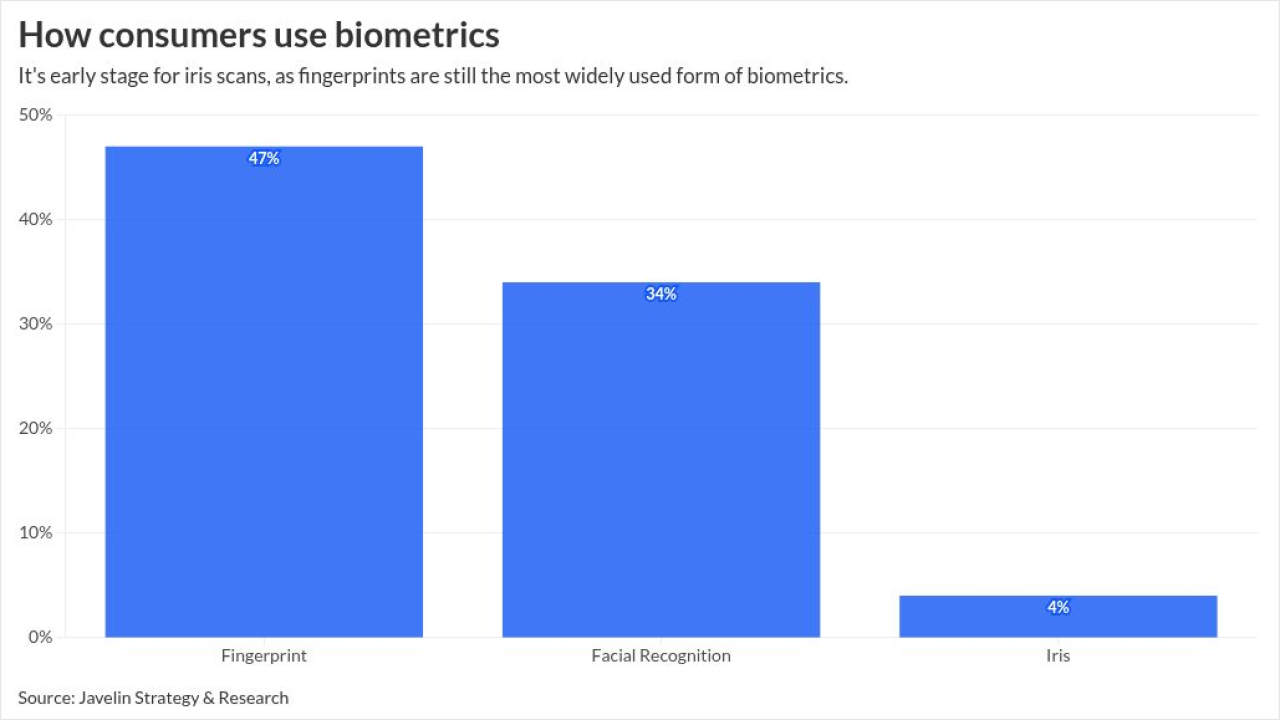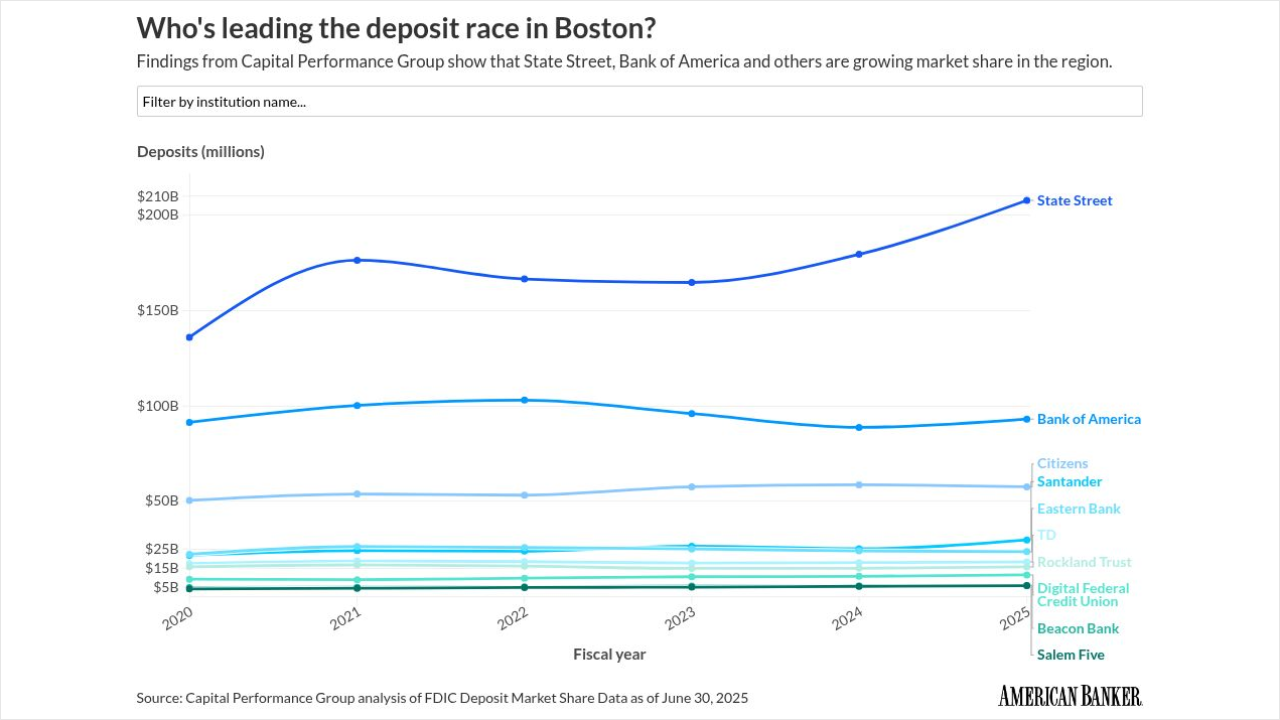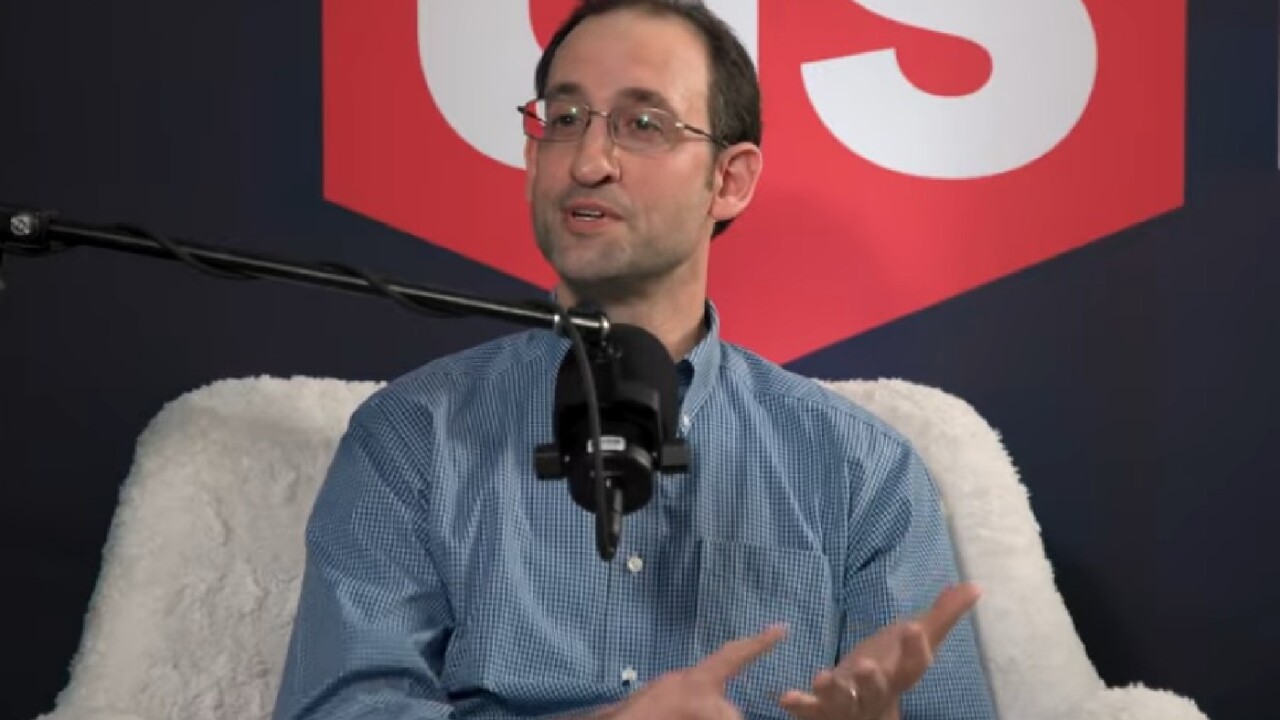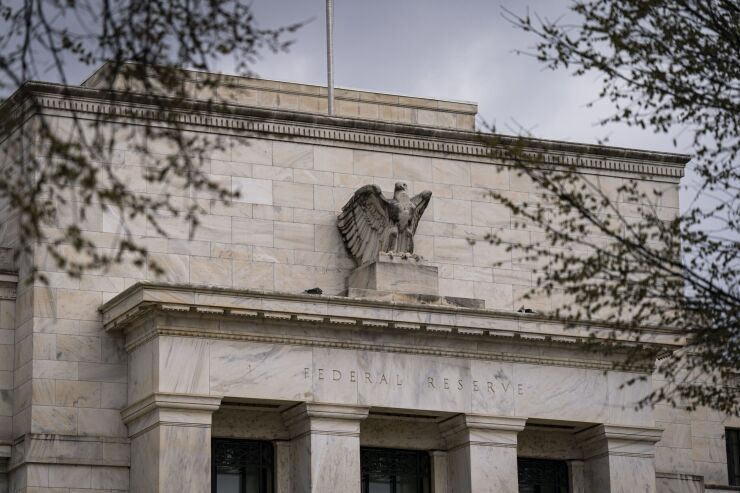
In 2008, the Federal Reserve embarked on
Unconventional monetary policy and associated changes in the Fed's balance sheet continued with meaningful implications for U.S. banks. Prior to the 2008 crisis, banks' reserves at the Fed totaled about $50 billion, or roughly 0.1% of U.S. bank assets. At its peak during the COVID-19 pandemic, bank reserves at the Fed totaled $4 trillion, or about 19% of U.S. bank assets.
But the impact of unconventional policy on banks is more significant than this. Fed
Quantitative tightening, or QT, is when the Fed allows these bonds, a Fed asset, to mature and run off its balance sheet with no reinvestment, implying that Fed liabilities must shrink too. There are three main Fed liabilities: 1) bank reserves; 2) U.S. money funds' balances at the Fed's overnight reverse repurchase, or ON RRP, facility; and 3) U.S. Treasury general account balances, or TGA, at the Fed.
At the end of September, bank reserves at the Fed fell below levels that prevailed when Silicon Valley Bank failed in 2023. Since SVB's failure, the declines in ON RRP and TGA balances allowed U.S. bank reserves at the Fed to remain fairly steady despite ongoing Fed balance sheet shrinkage. But ON RRP balances are now only $4 billion and the TGA is approaching the Treasury Department's $850 billion target. This implies that ongoing QT reduces bank reserves and worsens bank liquidity and funding conditions. Weak liquidity regulation and supervision have also allowed some banks' business models to evolve to rely on ample liquidity conditions. In turn, banks provide liquidity to nonbanks.
As of last Friday, banks' discount window borrowing had ticked up to $6 billion, near year-to-date highs. Only 40 large banks are signed up for the
What can be done? Three things.
First, the Fed could close the ON RRP. Large shifts in money fund balances out of T-bills and into the Fed's ON RRP can be abrupt and pressure bank liquidity. Such a scenario occurred shortly before SVB failed. After Fed testimony on March 7 increased expectations of rate hikes, money fund ON RRP balances rose $60 billion in two days, pressuring bank liquidity. Today the Genius Act also complicates the situation. Growth in run-prone stablecoins' participation in the T-bill market could result in sudden money fund inflows out of T-bills into the Fed's ON RRP. Due to ON RRP, the FOMC only controls the size of its balance sheet, not the composition of its liabilities.
The housing agency director told Sen. Cortez Masto a Federal Home Loan Bank reform review is ongoing and took issue with Sen. Warren's inquiries about meeting transparency.
Second, even barring a surge in ON RRP, tax payments or year-end pressures could strain bank liquidity and the discount window's operational readiness could be significantly tested. Congress could ask GAO to assess the discount window's operational readiness.
Third, quick passage of the
Why not just stop QT? After all, the FOMC cut interest rates in September. Given rising liquidity risks, the Fed could immediately end QT to reduce these risks and ease financial conditions, perhaps instead of further rate cuts. Yesterday Fed Chair Powell noted "we may approach that point [of ending QT] in coming months and we are closely monitoring a range of indicators to inform this decision." Unfortunately, a late end to QT is likely for three reasons.
First, the Fed has faced heavy criticism over its balance sheet. It is true that unconventional policy has continued for too long and contributes to income inequality, permits fiscal largesse and raises dollar debasement concerns. Vice Chair Bowman has stated she prefers a scarce reserve regime for banks. Governor Waller has stated he believes the optimal bank reserve level is around $2.7 trillion. But excess FOMC sensitivity to criticism may risk another QT overshoot to the detriment of banks.
Second, some Fed leaders may be concerned that immediately ending QT would see growth in the Fed's balance sheet resume. Absent QT, the Fed's balance sheet will grow due to ongoing losses arising from paying interest on most Fed liabilities in excess of the interest earned on securities bought during pandemic era QE. Further Fed rate cuts may be preferred before ending QT. Chair Powell also noted in his
Third, moving banks to a less abundant reserve regime shifts banks from earning interest on reserves at the Fed (a bank asset) to paying the Fed interest on discount window or SRF (a bank liability), improving Fed profitability at the expense of banks.
To sum up, liquidity risks are growing for regional and community banks due to a late end to QT and stablecoins. Relatively few banks are signed up for SRF and many smaller banks do not even use repo. Federal Home Loan bank advances to banks will rise, are stabilizing and should not be pilloried as happened after SVB. Closing ON RRP, strengthening discount window operations, a higher deposit insurance limit and ending QT all could promote greater bank stability, continued ability to lend to small businesses and support economic growth.
